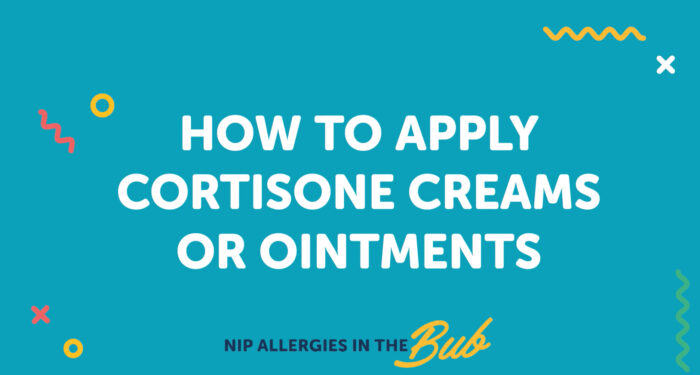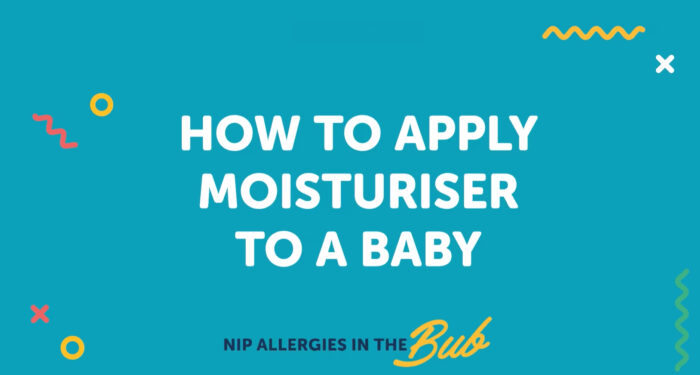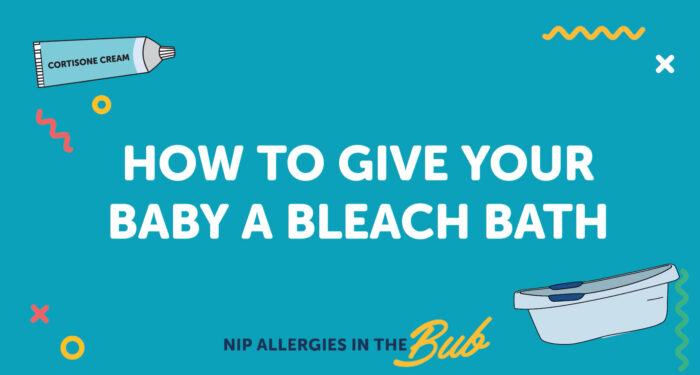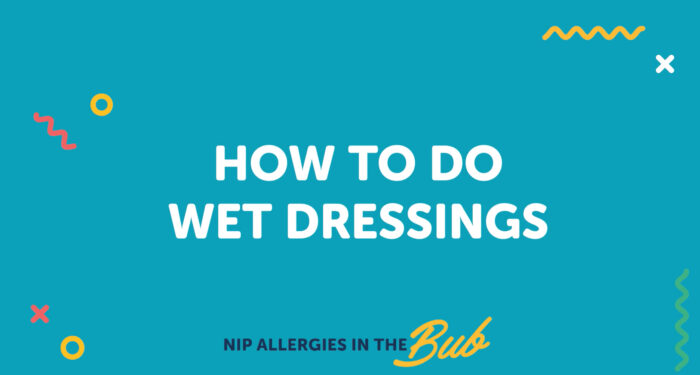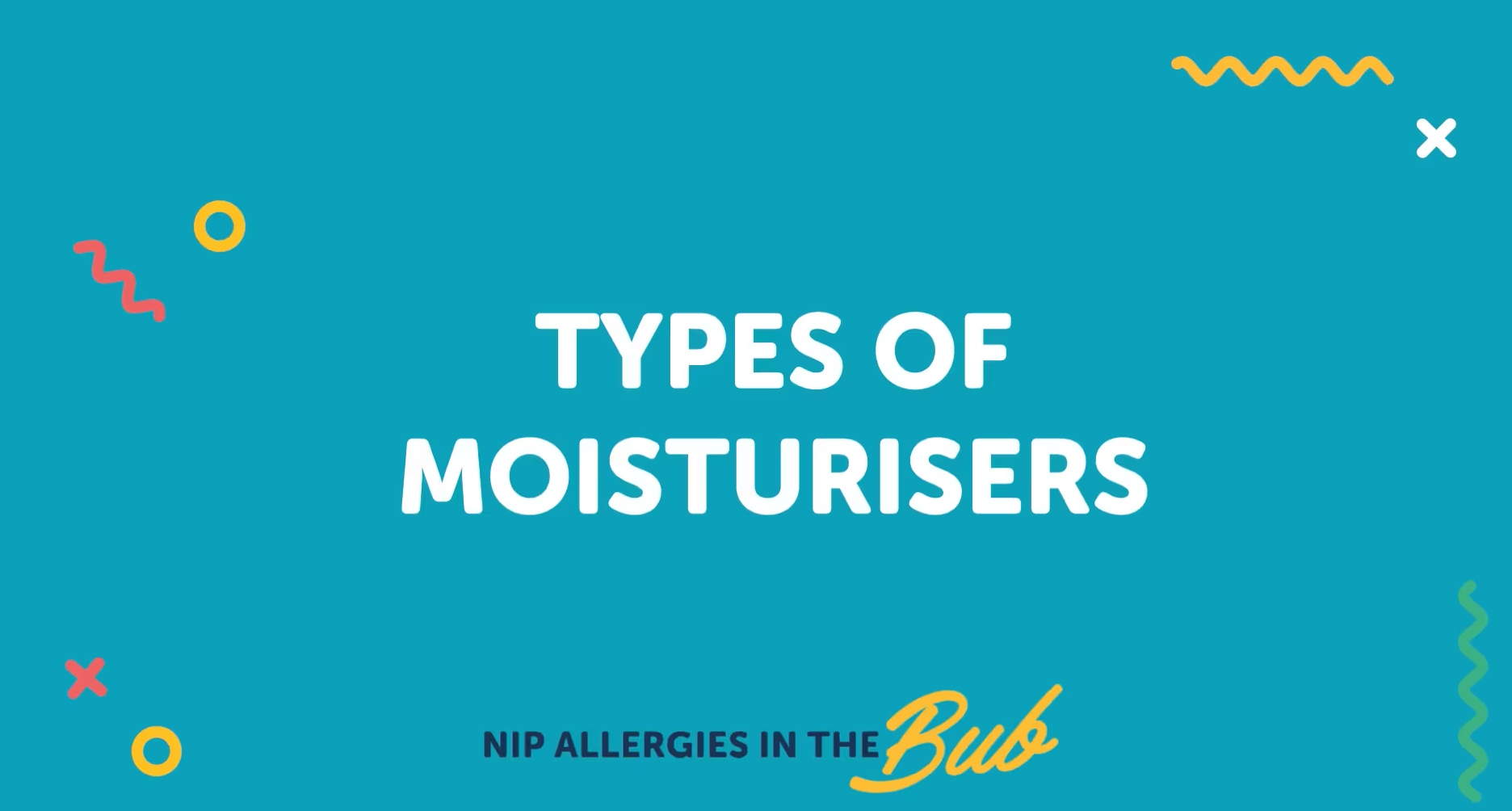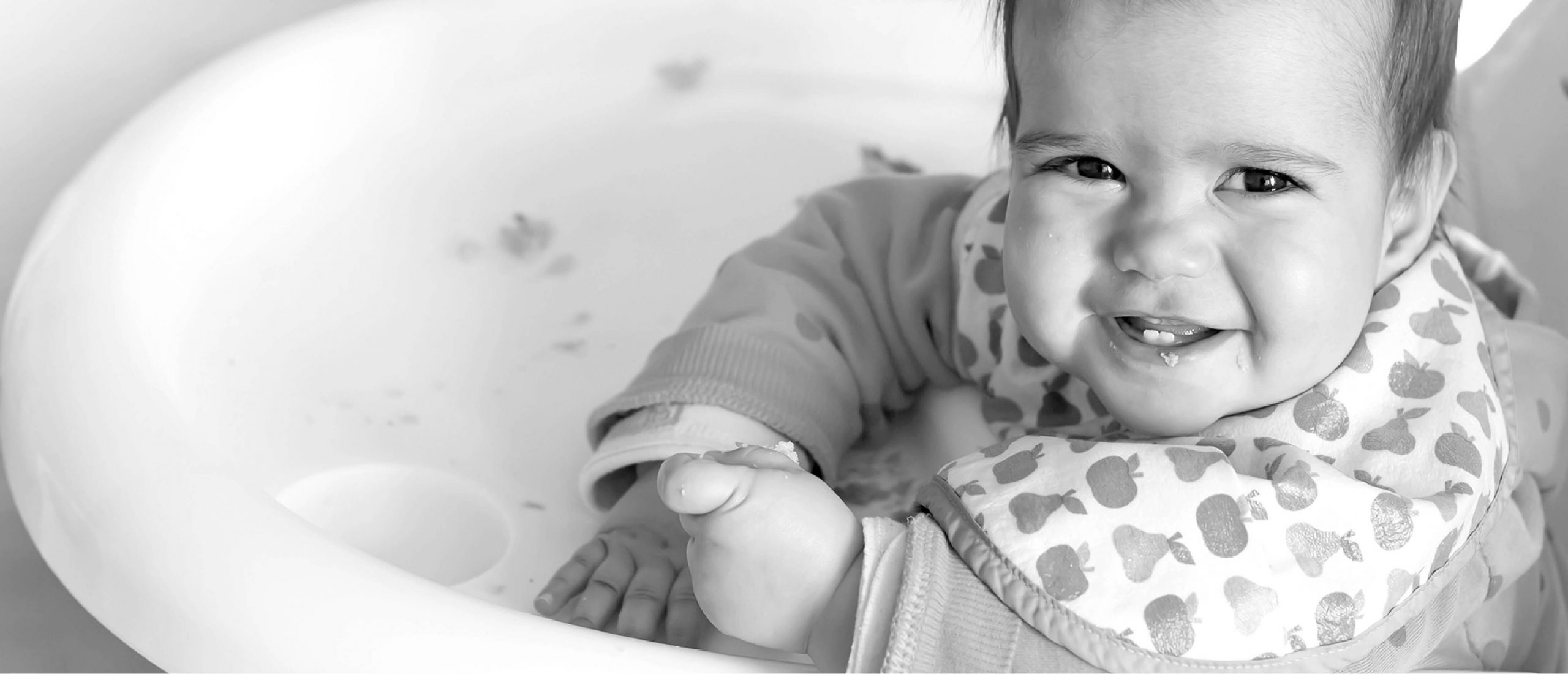Managing eczema
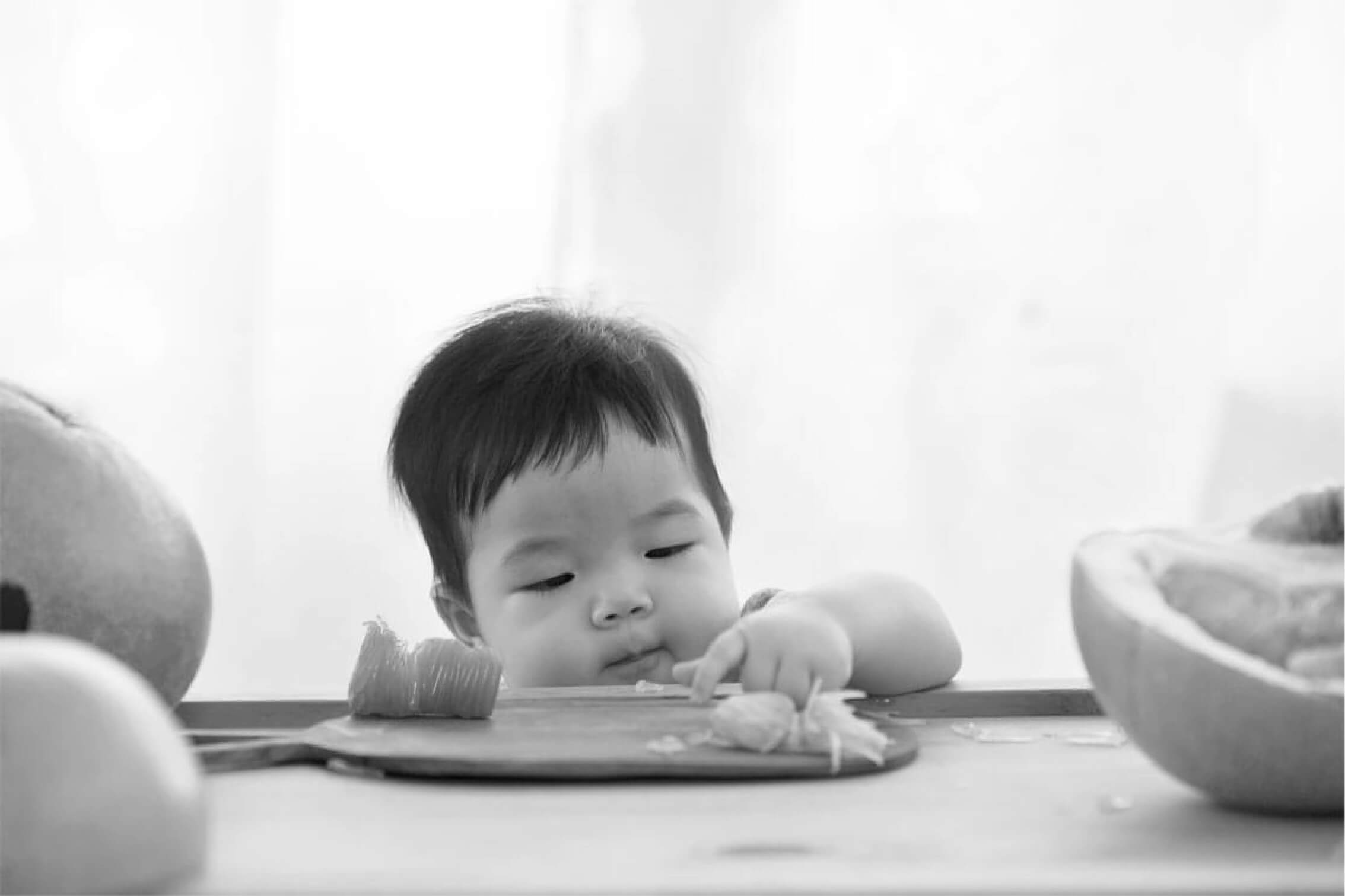
A small number of babies will still develop a food allergy even if common allergy causing foods are introduced before one year of age.
There is no cure for eczema and it can be very uncomfortable. It is really important to manage eczema properly to prevent flares and infections.
How to do a cool compress
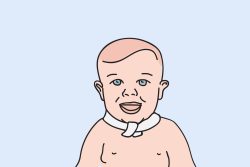
A wet chux type towel can be used as a scarf around the neck — only knot the towel once and do not leave this on when the child is sleeping or going to sleep.
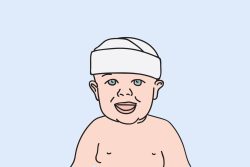
You can also use a wet chux type towel or beanie on your child’s head – do not leave this on when the child is sleeping or going to sleep.
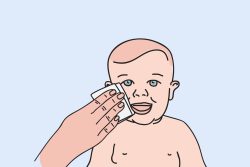
Wet disposable towels in a bowl with cool water and bath oil (if recommended). Hold the towels on your child’s face for 5-10 minutes and then apply moisturiser immediately after removing the wet towels.

Other Medications
Other medications such as oral antibiotics (antibiotics given by mouth) and antihistamines may be advised by your doctor or nurse practitioner.
